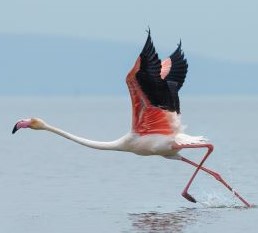Arbin
A folk ancestry with marsupial features and an affinity for wind and root magic.
Physical features
Fur Colours
Markings
Eye Colours
Self expression
Despite their naturally friendly-looking appearance, some folks take great pride in their self expression to go against the norm, instead opting for shortly cut or even shaved fur to reveal statement tattoos or muscle definition.Ancestral magic
The arbins ancestors were a tree-dwelling species and learnt how to develop their limited use of magic to influence the direction and growth of branches and roots to make traversing the treetops easier for them. They use wind magic to send warning calls and signals through the branches of the trees in patterns, and are rumoured to even have had the ability to carry individual messages upon a single leaf. Their knowledge of root magic has continued through to today, where many arbins continue the tradition of creating ornate living-architecture that grows with their families.Lifespan
Childbirth
Female arbins have a fertile period of about 4 years and give birth to young that need to continue developing in their abdominal pouch for 6-8 months until the baby (called a joey) has grown enough and is ready to emerge.Joeys will spend time in and out of their mother's pouch to learn motor skills and wean off of milk and onto solid foods.
Childhood
Arbin childhood is a time for fun, mayhem, and mishaps - at this age young arbins will experience using their magic for the first time. It's a core part of their development and is often when they begin learning important life skills. Childhood typically lasts until they reach about 10 years of age at which point they begin their adolescent years.Adolescence
During thier adolescent years, arbins go through another growth spurt and begin their sexual development. They gain better control and undestanding of their magical abilities and an insatiable curiosity to learn and develop new skills for the life ahead of them.Adulthood
Arbins finish growth development at around 20 years of age, but it's not a barrier to how much more they can develop their physical and magical abilities! The age at which arbins legally become an "adult" varies in different cultures and countries.Elder years
Healthy arbin folk typically live a happy life of around 65 years on average, though some have managed to live to be as old as almost 100 years old! In their latter years, arbins develop grey and white hairs in their fur, and they tend to lose muscle mass, dexterity, and strength (especially in their prehensile tail). Some folks may need more assistance than others with keeping clean or help around the home - but friends and family are always close by to help out.Contents
If you enjoyed this article, please give it a like so I know what to make more of :D
Your encouragement really motivates me to keep creating and spread more JOY!





Aww, I love them. I like that you've also covered old age here.
Explore Etrea | March of 31 Tales
<3 yuss it's an important part of life! I'm aiming to cover all of these sections for each of the folk species :D
Follow me on Bluesky for more pixel art :D